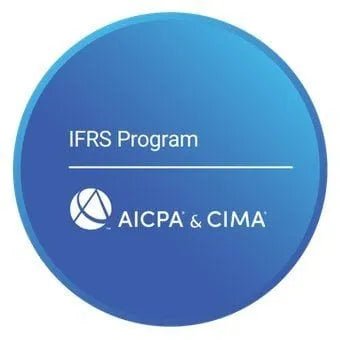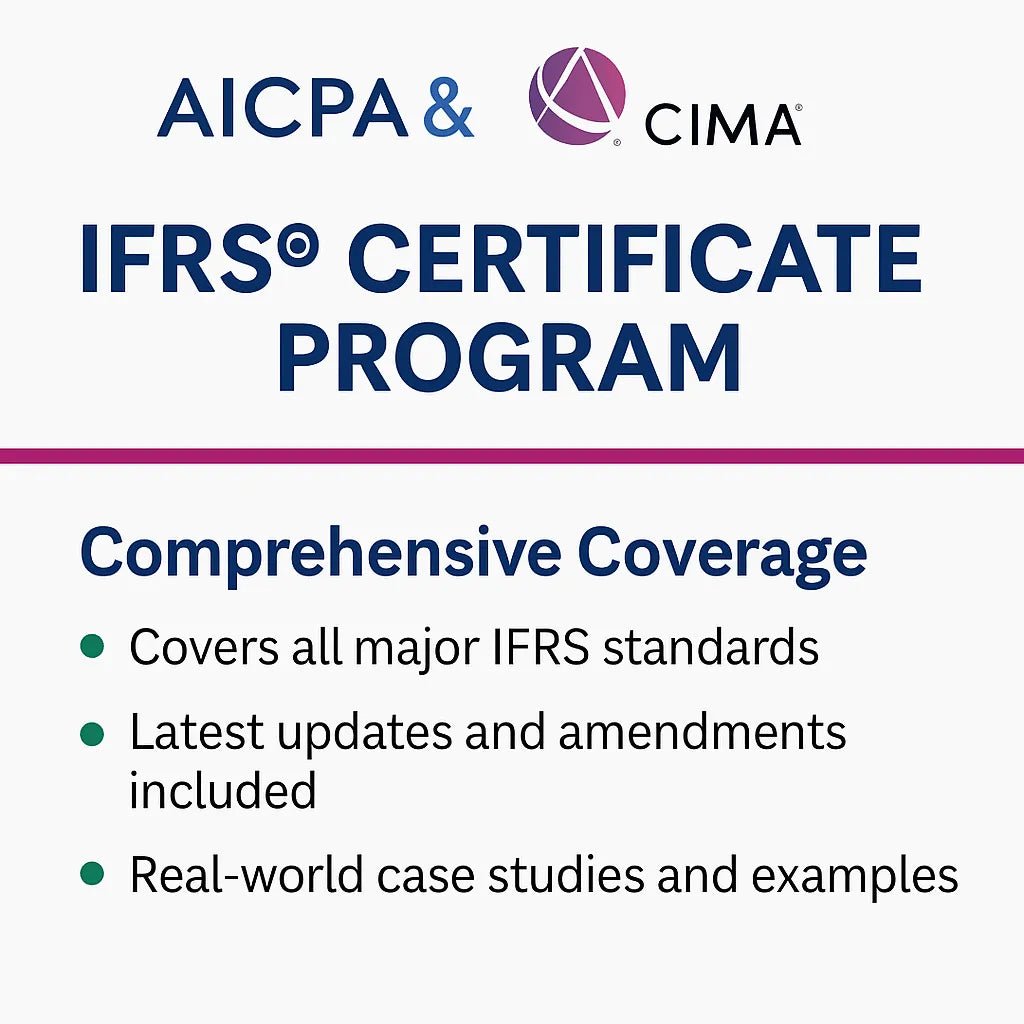SVEEP Full Form. Importance in Voter Education
SVEEP Full Form
SVEEP full form is Systematic Voters’ Education and Electoral Participation. It represents a significant initiative by the Election Commission of India (ECI) to educate voters and increase participation in the electoral processes. Designed to break down barriers of complacency, ignorance, and inaccessibility, SVEEP employs various strategies to ensure comprehensive voter participation, which is fundamental to the success of democracy in India.
The Genesis and Evolution of SVEEP
The Birth of SVEEP
The Election Commission of India initiated SVEEP in the late 2000s in response to the worrying trend of voter apathy and declining electoral participation in various parts of the country. Here's a timeline of how SVEEP manifested itself during India's election journey.
2009 - Initiation of SVEEP:
- The Election Commission of India officially launches SVEEP in the lead-up to the 2009 General Elections.
- The program is introduced in response to concerns about low voter turnout and widespread voter apathy, particularly among the youth and urban populations.
2010 - Phase I of SVEEP:
- The first phase of SVEEP focuses on voter registration drives and educating voters about the importance of their participation in the democratic process.
2012 - Expansion and Impact:
- SVEEP strategies significantly increase voter awareness and turnout during the state assembly elections across several states, including Uttar Pradesh.
2014 - General Elections:
- SVEEP's impact became more pronounced with a record turnout in the 2014 General Elections. The program includes extensive use of media, roadshows, and engagement with civil society organizations to mobilize voters.
2016 - Phase II of SVEEP:
- The Election Commission launches Phase II of SVEEP, introducing more targeted interventions, especially in low voter turnout areas. This phase also sees an increase in digital tools and social media use for voter education.
2019 - Further Innovations:
- In the run-up to the 2019 General Elections, SVEEP incorporates innovative practices like setting up 'model polling stations' and using celebrities and public figures to endorse voting. Particular emphasis is placed on inclusive participation, reaching out to marginalized groups and differently-abled voters.
2024 and Beyond - Continuous Adaptation and New Challenges:
- SVEEP continues to evolve, adapting to new challenges such as misinformation and the impact of the COVID-19 pandemic on voter participation.
- Introducing the Selfie Corner for first-time voters at SGCR for General Election 2024—celebrate your vote and share your experience on social media.
SVEEP activities for voter awareness
The Systematic Voters’ Education and Electoral Participation (SVEEP) program encompasses various activities to boost voter awareness, education, and turnout. Here's a list of some typical SVEEP activities:
- Voter Registration Drives: Organizing campaigns to encourage eligible voters to register, mainly targeting first-time voters and marginalized communities.
- Voter Education Workshops: Conducting workshops to educate voters on the electoral process, including using Electronic Voting Machines (EVMs) and the importance of the Voter Verified Paper Audit Trail (VVPAT).
- Information Dissemination: Distributing pamphlets, flyers, and brochures that provide critical information about voting procedures, polling station locations, and voting rights.
- Interactive School and College Programs: Setting up Electoral Literacy Clubs in educational institutions to engage young voters through interactive learning about democracy and electoral participation.
- Celebrity Endorsements: Collaborating with famous figures to create engaging media content that encourages voter turnout and educates the public on the importance of voting.
- Cultural and Street Plays: Organizing plays and performances in public spaces that convey the importance of voting and how each vote contributes to the democratic process.
- Digital Media Campaigns: Utilizing social media platforms to reach a broader audience with creative content that includes videos, infographics, and posts to boost voter awareness and participation.
- Selfie Corners at Polling Stations: Establishing designated areas near polling stations where voters can take selfies after voting, designed to promote voting through personal social media sharing.
- Public Rallies and Roadshows: Conducting rallies and roadshows trailing through cities and villages to spread voter education and mobilization messages.
- Competitions and Quizzes: Hosting competitions and quizzes with themes centred on democracy and voting, aimed at engaging various community segments in a fun and educational manner.
- Door-to-Door Campaigns: Deploying teams to visit homes, especially in underrepresented and remote areas, to educate individuals about voting and ensure they are prepared and motivated to vote.
- Facilitation for Differently-Abled Voters: Implementing special measures to assist elderly and differently-abled voters, including providing transport to polling stations and ensuring accessible voting facilities.
How to vote India, a detailed process and guide
Popular SVEEP slogans
The Systematic Voters' Education and Electoral Participation (SVEEP) program utilizes a variety of slogans to inspire and motivate voters, mainly focusing on inclusivity, the importance of each vote, and the empowerment that comes from participating in the democratic process. Here are some compelling SVEEP slogans that have been used to encourage voter turnout and education:
- "Your Vote, Your Voice, Your Future"
- "Every Vote Counts!"
- "Be Bright, Vote for What is Right"
- "Proud to be a Voter - Ready to Vote"
- "No Voter to be Left Behind"
- "Make Democracy Win - Vote!"
- "Vote for the Change You Want to See"
- "Empower Your Future – Cast Your Vote"
- "Democracy is Our Right, Voting is Our Responsibility"
- "Let’s Vote: Strengthen Democracy"
These slogans are designed to resonate with a diverse electorate. They emphasize the personal impact and broader benefits of voting, aiming to boost participation rates and ensure a vibrant democratic process.
SVEEP full form in Indian languages
SVEEP Full form in Hindi
The full form of SVEEP in Hindi is "सिस्टमैटिक वोटर्स एजुकेशन एंड इलेक्टोरल पार्टिसिपेशन" which translates to "प्रणालीगत मतदाता शिक्षा एवं चुनावी भागीदारी". This is the official Hindi translation used to describe the program initiated by the Election Commission of India to educate voters and increase participation in the electoral process.
SVEEP full form in Kannada
The full form of SVEEP in Kannada is "ವ್ಯವಸ್ಥಿತ ಮತದಾರರ ಶಿಕ್ಷಣ ಮತ್ತು ಚುನಾವಣಾ ಭಾಗವಹಿಸುವಿಕೆ" which translates to "Systematic Voters' Education and Electoral Participation" in English. This program, spearheaded by the Election Commission of India, aims to educate and motivate voters and increase their participation in the electoral process.
SVEEP meaning in Tamil
The full form of SVEEP in Tamil is "தொடர்ச்சியான வாக்காளர் கல்வி மற்றும் தேர்தல் பங்கேற்பு", which translates to "Systematic Voters’ Education and Electoral Participation" in English. This represents the program initiated by the Election Commission of India to enhance voter education and increase participation in the electoral process.
Closing comments on SVEEP full form
In wrapping up, this article will summarize the key points discussed and emphasize the importance of voter education in sustaining a vibrant democracy.
Do read up on the SVEEP website to learn more in your state
How to vote. Questions? Answers.
What should I do if my name isn't on the voter list?
If your name is not on the voter list, you need to submit Form 6 either online through the NVSP or offline at your nearest Electoral Registration Office. Make sure to do this before the cut-off date for voter registration for the upcoming elections.
Can I vote online if I am currently residing outside India?
No, online voting is not available for any voter, including those residing outside India. Overseas voters must either travel back to their registered constituency in India to vote or register as an NRI voter and vote at an embassy or consulate as specified by the ECI during certain elections.
What if I need assistance at the polling station due to a physical disability?
Polling stations are equipped to assist voters with disabilities. You can request help from the polling staff, and also bring a companion over the age of 18 to assist you in voting, provided that the companion's presence is formally declared to the polling officials.
Is there a way to vote if I am unable to go to the polling station on Election Day?
India does not currently offer postal voting to the general public, except for specific categories like armed forces personnel and select government officials. If you cannot be physically present at your polling station on Election Day, unfortunately, you will not be able to vote.
How can I correct an error in my voter ID card or electoral roll details?
Errors in voter ID cards or electoral roll details can be corrected by submitting Form 8 on the NVSP site or at your local Electoral Registration Office. This form allows you to update details such as your name, photo, age, EPIC number, and address.
Can I change my polling station?
Your polling station is determined based on the address provided in your voter registration. If you move and update your registration address using Form 6A or Form 8, your polling station will change accordingly. However, this must be done prior to the issuance of the election schedule
What is the role of a Booth Level Officer (BLO)?
A Booth Level Officer is responsible for maintaining an updated voters list for their specific polling area. They facilitate the registration process, corrections, and ensure that all eligible voters can access their right to vote. They also play a crucial role on election day to assist voters at the polling station
How do I handle voting if I'm a first-time voter?
As a first-time voter, ensure that you are registered and that your name appears on the electoral roll. Familiarize yourself with the voting process, your polling station location, and what ID documents you need to carry. You can also participate in mock voting exercises if they are held in your area
Can I request a reissue of a lost or damaged Voter ID card?
Yes, if your Voter ID card is lost, stolen, or damaged, you can apply for a duplicate through the NVSP portal or by visiting your local Electoral Registration Office. You will need to provide proof of identity and possibly a police report if the card was stolen
How can overseas citizens of India (OCI) participate in elections?
OCIs cannot vote in Indian elections unless they are registered as Overseas Electors and meet the criteria, which generally includes not holding citizenship of another country and having a valid Indian passport














Leave a comment